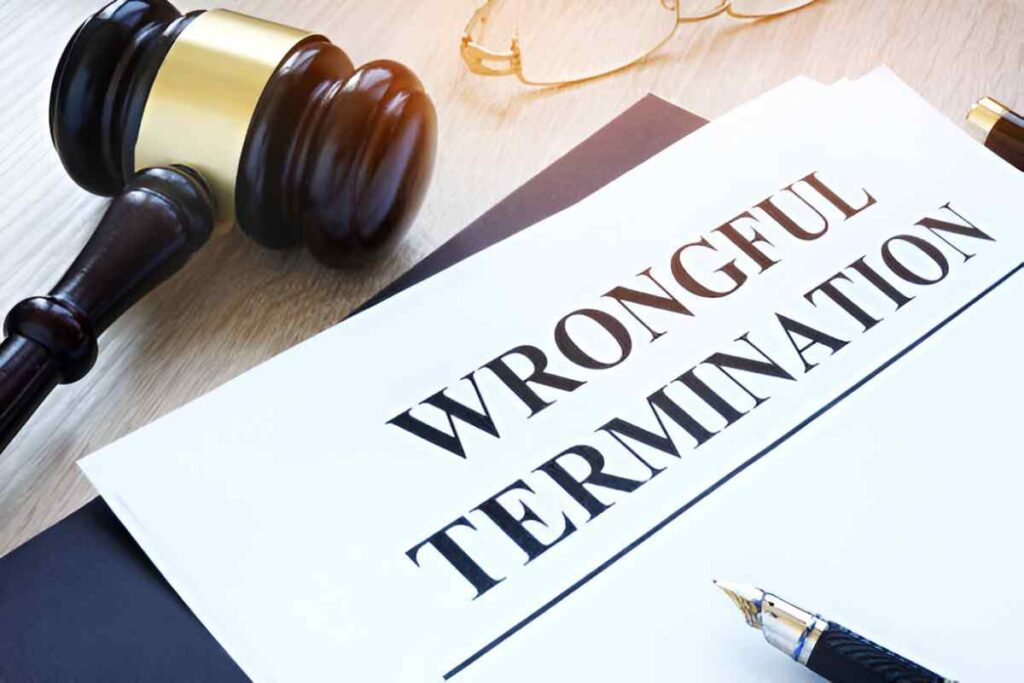As someone who has spent years studying corporate structures and business law, I find perpetual succession one of the most fascinating yet underappreciated concepts in finance. It ensures a company’s existence remains uninterrupted, regardless of changes in ownership or management. In this article, I break down what perpetual succession means, why it matters, and how it impacts business continuity in the US.
Table of Contents
What Is Perpetual Succession?
Perpetual succession refers to a legal principle that allows a corporation to continue existing indefinitely, even if its shareholders, directors, or employees change. Unlike sole proprietorships or partnerships, which dissolve upon the owner’s death or exit, corporations persist beyond individual involvement.
The Legal Foundation
In the US, perpetual succession stems from state corporate laws. When a business incorporates, it becomes a separate legal entity. This separation ensures continuity. For example, Delaware General Corporation Law (DGCL) § 101 explicitly allows corporations to have “perpetual existence.”
Why It Matters
Without perpetual succession, businesses would face constant disruption. Shareholders could retire, pass away, or sell their stakes, but the corporation would keep operating. This stability attracts investors, ensures contractual obligations are met, and supports long-term planning.
The Mathematics of Business Continuity
To understand perpetual succession quantitatively, I often turn to corporate valuation models. A firm’s value under perpetual succession can be modeled using the Gordon Growth Model:
V = \frac{D_1}{r - g}Where:
- V = Firm value
- D_1 = Expected dividend in the next period
- r = Discount rate
- g = Growth rate
This formula assumes the company operates indefinitely, reinforcing the importance of perpetual succession in valuation.
Example Calculation
Suppose a company expects to pay a dividend of $5 next year, with a discount rate of 10% and a growth rate of 3%. Its valuation would be:
V = \frac{5}{0.10 - 0.03} = \frac{5}{0.07} \approx 71.43The firm’s value is approximately $71.43 per share, assuming it continues perpetually.
Perpetual Succession vs. Other Business Structures
Not all business forms enjoy perpetual succession. Below is a comparison:
| Business Structure | Perpetual Succession? | Continuity Risk |
|---|---|---|
| Sole Proprietorship | No | High (ends if owner dies) |
| Partnership | No | Moderate (dissolves if partner leaves) |
| LLC | Yes (but varies by state) | Low (can have continuity clauses) |
| Corporation | Yes | Very Low (continues indefinitely) |
This table highlights why corporations dominate industries requiring long-term stability, such as manufacturing and tech.
The Role of Shareholders and Directors
Perpetual succession doesn’t mean a company is immune to mismanagement. Shareholders elect directors, who appoint officers. If leadership fails, shareholders can vote for changes without dissolving the entity.
Case Study: Apple Inc.
When Steve Jobs passed away in 2011, Apple continued seamlessly under Tim Cook’s leadership. The company’s corporate structure ensured stability despite losing its visionary founder.
Challenges to Perpetual Succession
While powerful, perpetual succession isn’t foolproof. Some challenges include:
- Regulatory Changes – New laws may impose restrictions.
- Financial Insolvency – Bankruptcy can force dissolution.
- Shareholder Disputes – Infighting may destabilize operations.
Mitigation Strategies
- Strong Governance – Independent directors reduce leadership risks.
- Contingency Planning – Succession plans ensure smooth transitions.
- Legal Safeguards – Bylaws can define dispute resolution mechanisms.
Historical Context
The concept dates back to English common law, where corporations like the East India Company operated indefinitely. The US adopted similar principles, embedding them in state laws.
Practical Implications for Entrepreneurs
If you’re starting a business, consider perpetual succession when choosing a structure. Corporations and LLCs offer the best continuity protections.
Steps to Ensure Continuity
- Incorporate Properly – File articles of incorporation.
- Draft Clear Bylaws – Define governance rules.
- Plan for Leadership Transitions – Identify successors early.
Final Thoughts
Perpetual succession is more than a legal technicality—it’s the backbone of business resilience. By understanding its mechanics, entrepreneurs and investors can build enterprises that endure beyond individual lifetimes. Whether you’re valuing a company or structuring a startup, this principle ensures stability in an ever-changing economy.





